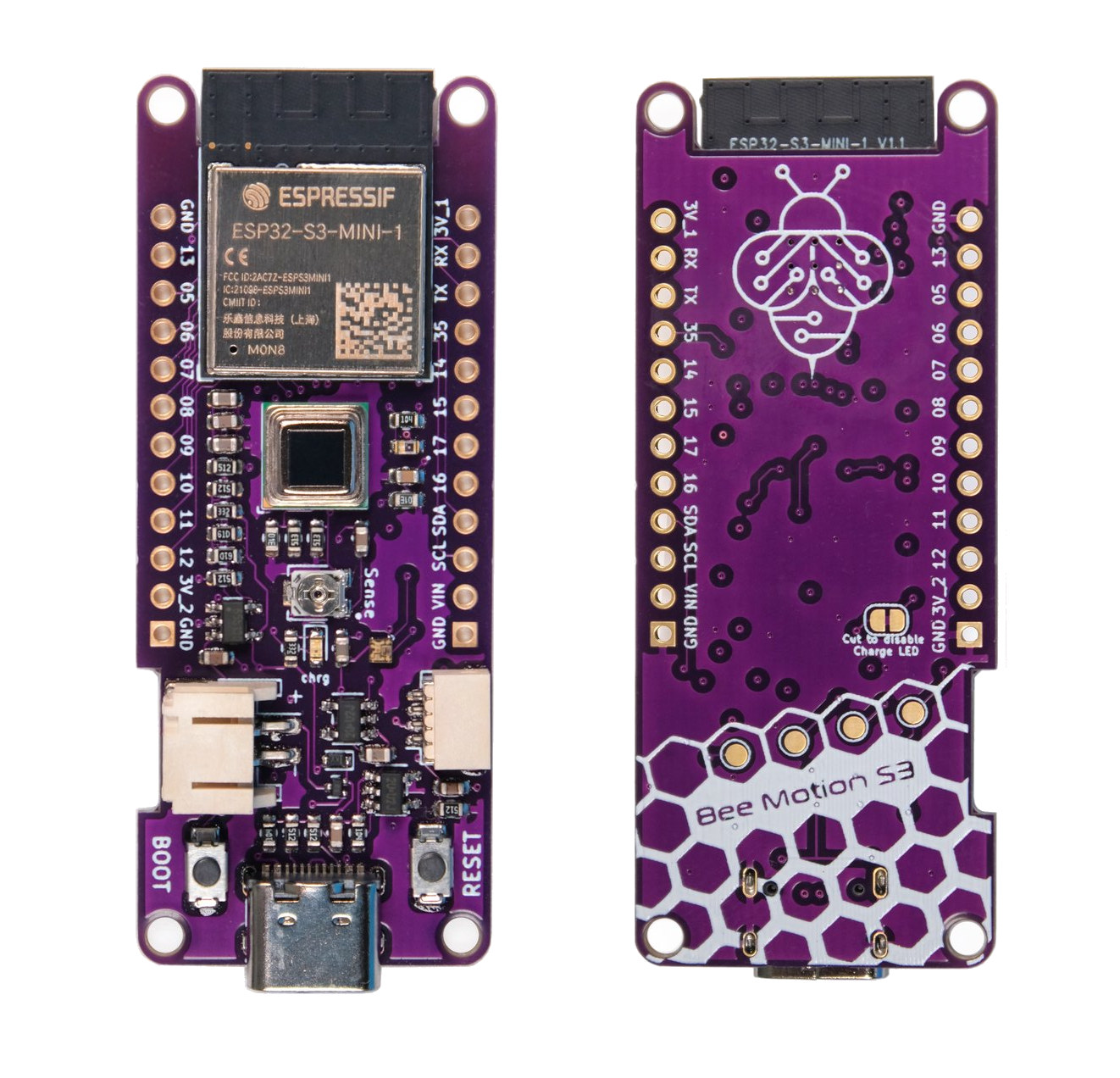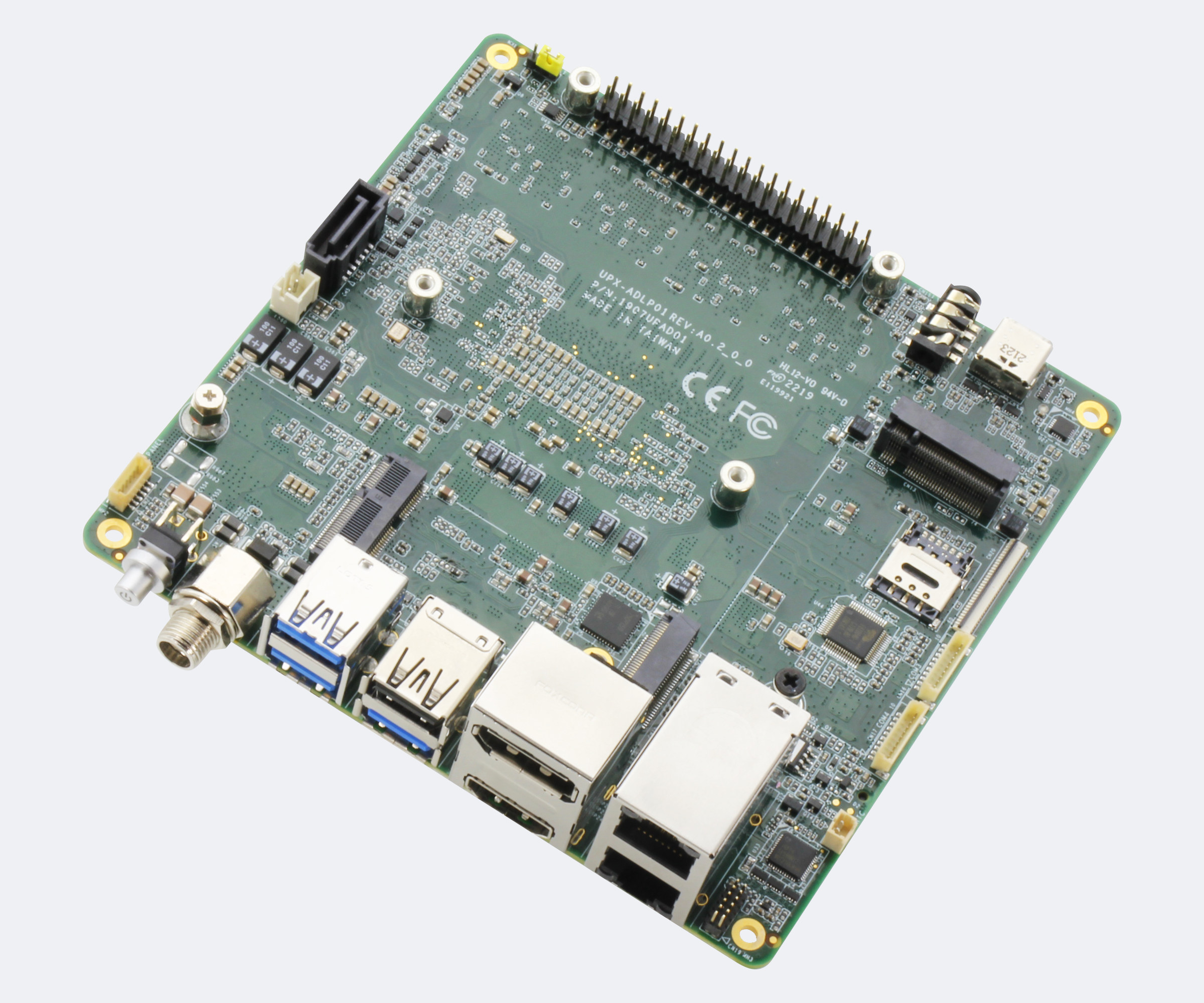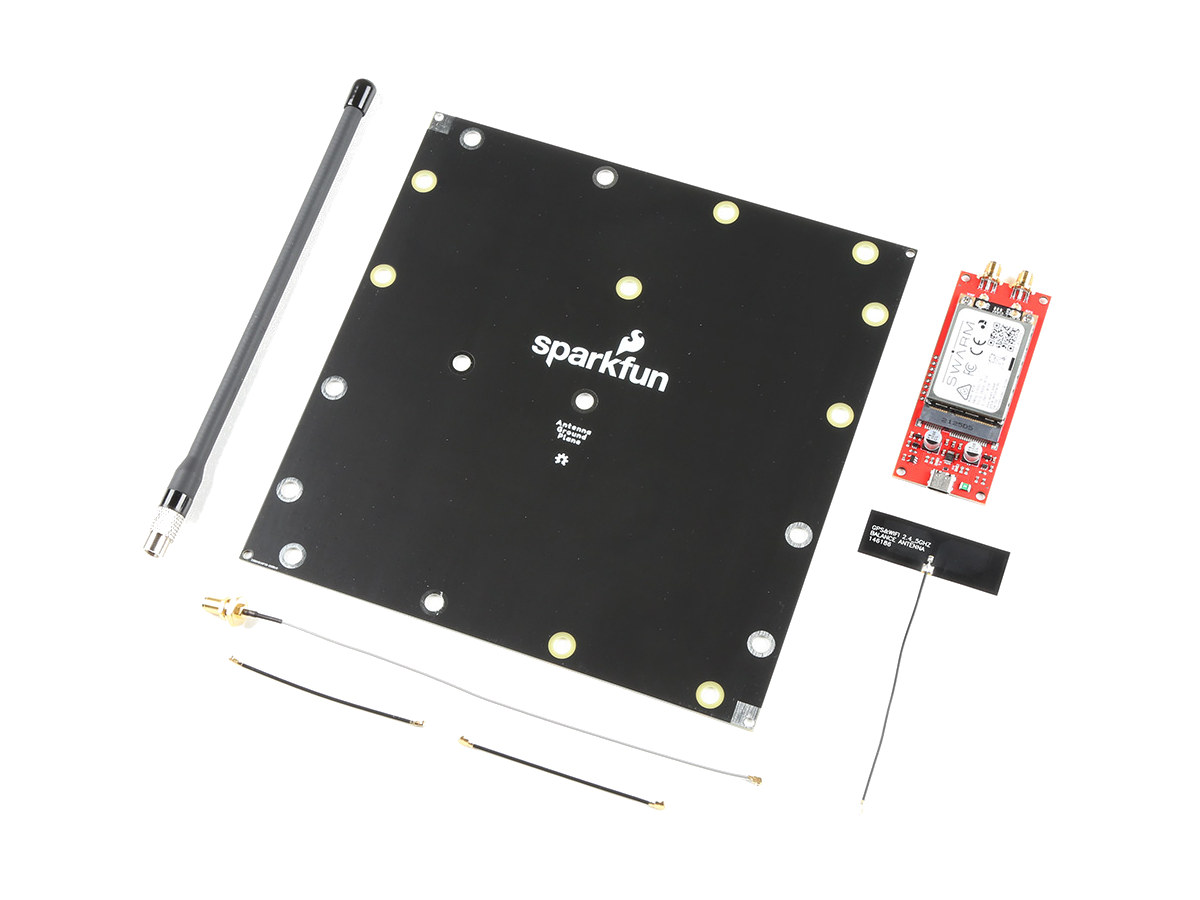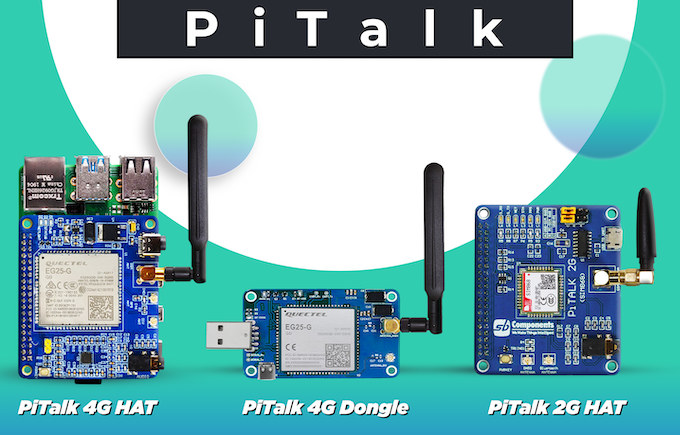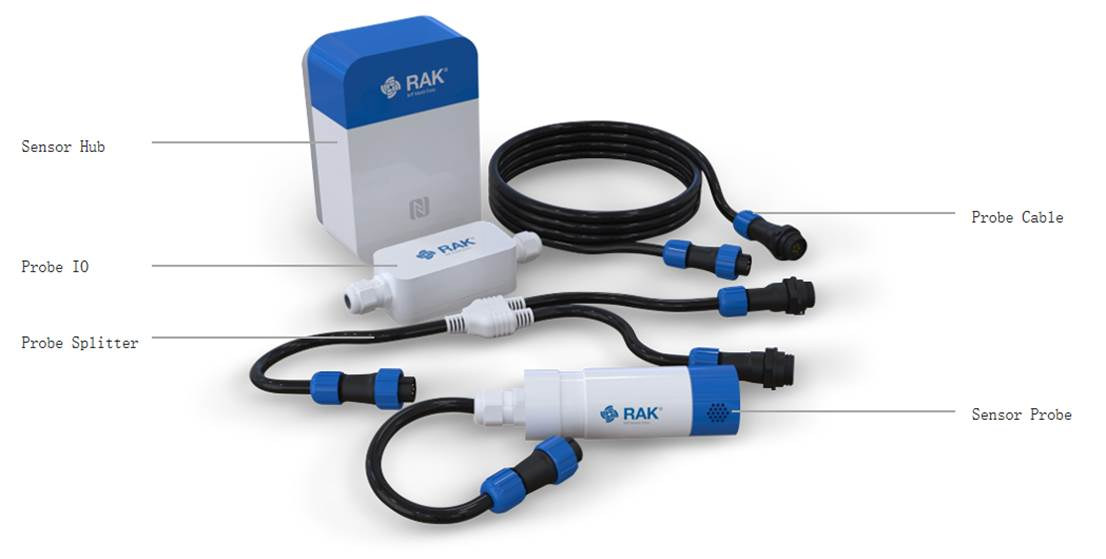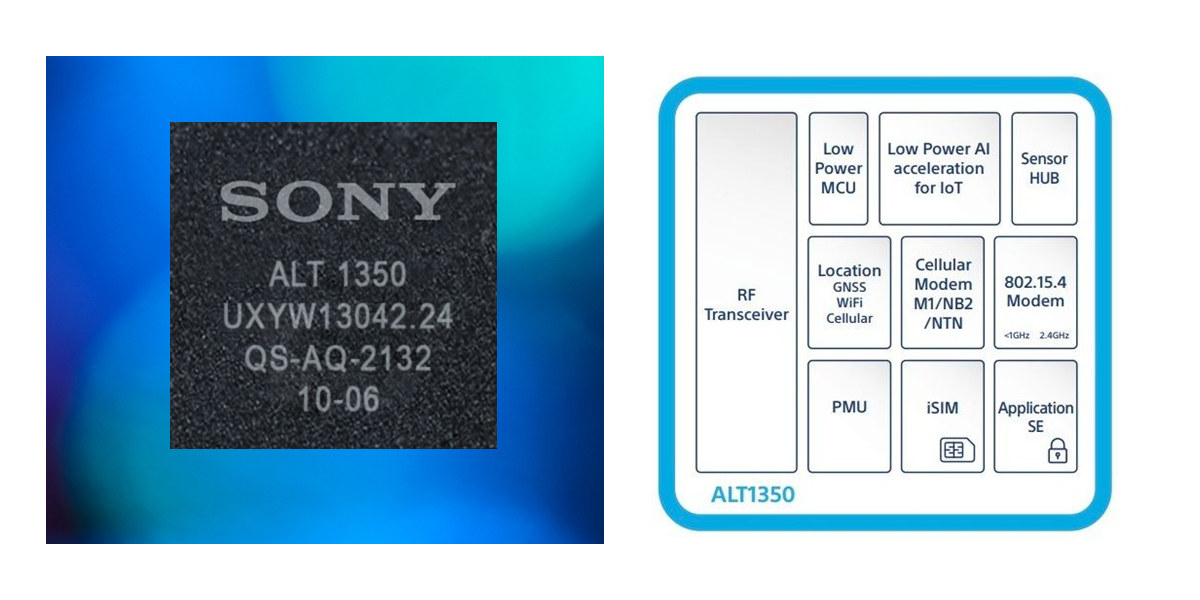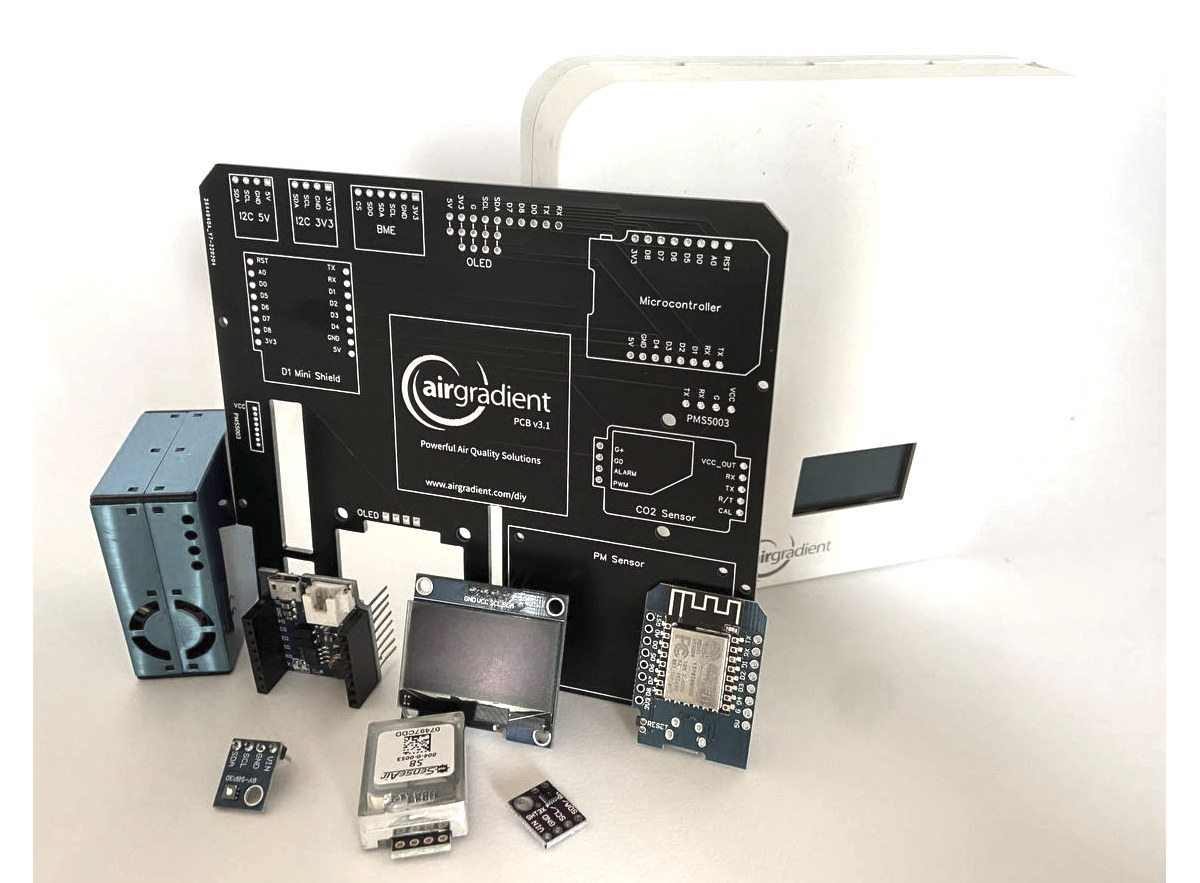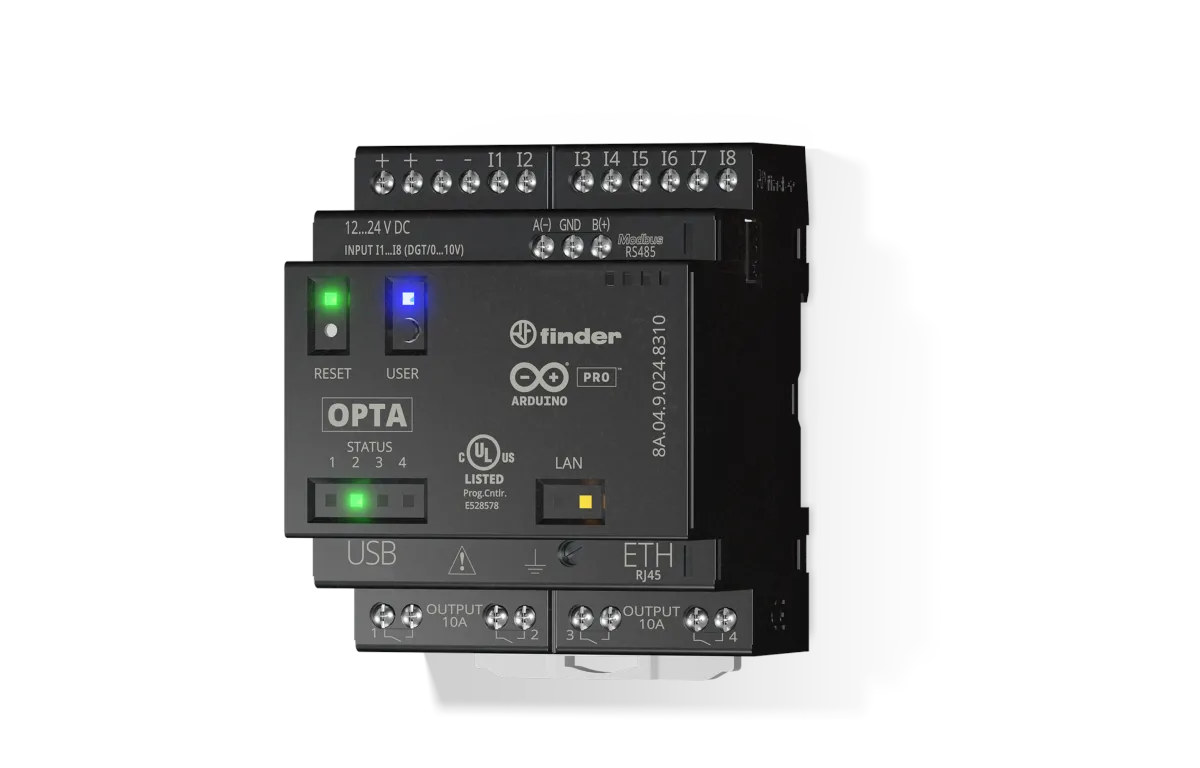The Bee Motion S3 is an ESP32-S3 WiFi and Bluetooth IoT board with a PIR motion sensor beside the more usual I/Os, Qwiic connector, USB-C port, and LiPo battery support. It is at least the third PIR motion wireless board from Smart Bee Designs, as the company previously introduced the ESP32-S2 powered Bee Motion board and the ultra-small Bee Motion Mini with an ESP32-C3 SoC. The new Bee Motion S3 adds a few more I/Os, a light sensor, and the ESP32-S3’s AI vector extensions could potentially be used for faster and/or lower-power TinyML processing. Bee Motion S3 specifications: Wireless module – Espressif Systems ESP32-S3-MINI-1 module (PDF datasheet) based on ESP32-S3 dual-core Xtensa LX7 microcontroller with 512KB SRAM, 384KB ROM, WiFi 4 and Bluetooth 5.0 connectivity, and equipped with 8MB of QSPI flash and a PCB antenna USB – 1x USB Type-C port for power and programming Sensors PIR sensor S16-L221D […]
UP Xtreme i12 Alder Lake SBC supports up to four 4K displays @ 60 Hz, Raspberry Pi HATs
AAEON has just introduced the UP Xtreme i12 single board computer (SBC) with Intel 12th generation Alder Lake-P hybrid SoC with up to 12 cores/16 threads, up to 32GB LPDDR5 memory, support for four 4Kp60 displays, and equipped with high-speed interfaces such as USB 4.0 and 2.5 GbE. The board also features four M.2 sockets for NVMe storage, Wi-Fi 6 and 5G cellular connectivity, a SATA III port, several USB 3.2/2.0 Type-A ports, and a 40-pin GPIO header and mounting thread for Raspberry Pi HATs, which should make it especially suitable for IoT, robotics, and smart retail applications, as well as smart manufacturing with a 12 to 36V wide supply voltage range. UP Xtreme i12 specifications: Alder Lake-P SoC (One or the other) Intel Core i7-1270PE 12-core/16-thread processor @ 3.30GHz / 4.50GHz (Turbo) with 96EU Intel Xe graphics – PBP: 28W, up to 64W MTP Intel Core i5-1250PE 12-core/16-thread processor […]
$200 Swarm M138 kit enables two-way satellite connectivity for IoT projects
Sparkfun has launched a Satellite Transceiver Kit based on the Swarm M138 satellite and GNSS modem that allows low-bitrate two-way connectivity for IoT projects anywhere on earth. Remote IoT applications have benefited from LPWAN standards such as LoRaWAN and NB-IoT, but in some extreme cases coverage may still be challenging, so satellite communication may be the only practical option. It used to be really expensive, but Swarm makes this more affordable, and companies like SigFox and Semtech also have (or had?) plans to use low-earth orbit satellites for their respective LPWAN technologies. Swarm M138 kit content and specifications: Swarm M138 mini PCIe satellite modem and GNSS receiver module MCU – Arm Cortex-M4 microcontroller Up to 1 Kbps data rate, up to 912 bytes packet size Frequency 137-138 MHz (downlink) 148-150 MHz (uplink) Dimensions – 51.0 x 30.0 x 5.3 mm Weight – 9.6 grams Temperature Range – -40°C to +85°C […]
PiTalk 4G HAT for Raspberry Pi / 4G USB dongle targets M2M and IoT applications (Crowdfunding)
PiTalk is a 4G cellular connectivity solution based on Quectel EG25-G LTE Cat 4 module intended for M2M and IoT applications, and available either as a Raspberry Pi HAT or as a USB dongle. There’s also a PiTalk 2G HAT, but we’ll focus on the 4G hardware in this article. PiTalk supports data rates up to 150 Mbps downlink and 50 Mbps uplink, integrates GNSS support, and as its name implies you can also make and receive calls, or send/receive SMS messages for the device provide you connect a display, speaker, and microphone to the Raspberry Pi or other host device. PiTalk 4G IoT HAT specifications: Quectel EG25-G 4G LTE cellular module: Cellular 3G and 4G LTE with 2G fallback Max. 150Mbps DL/ 50Mbps UL Global bands support 4G LTE-FDD: B1/B2/B3/B4/B5/B7/B8/B12/B13/B18/B19/B20/B25/B26/B28 4G LTE-TDD: B38/B39/B40/B41 3G WCDMA: B1/B2/B4/B5/B6/B8/B19 2G GSM: B2/B3/B5/B8 GNSS – Qualcomm IZat location technology Gen8C Lite (GPS, GLONASS, […]
RAK2560 WisNode LoRaWAN & BLE Sensor Hub ships with a choice of sensor modules
RAKwireless RAK2560 WisNode Sensor Hub is a modular sensor gateway based on the RAK4630 WisDuo Stamp module with Nordic Semi nRF52840 Bluetooth 5.0 LE MCU and Semtech SX1262 LoRa/LoRaWAN transceiver and equipped with two sensor probe ports to connect a range of sensors. It ships with various sensors from a temperature and humidity sensor to a water level sensor, and is designed for outdoor operation with an IP66 design, waterproof probe connectors, and the ability to support a solar panel as the power source. RAK2560 WisNode Sensor Hub specifications: Core module – RAK4630 WisDuo Stamp Module with LoRa/LoRaWAN and BLE 5.0 connectivity through nRF52840 MCU and SX1262 radio chip Wireless Connectivity BLE – Bluetooth LE 5.0 with Long Range and High Speed (2 Mbps) support LoRaWAN – Full LoRaWAN band support, high-efficiency embedded LoRa antenna 860~930 MHz Cellular IoT – Optional RAK5860 NB-IoT module NFC tag for power on and […]
Sony ALT1350 5G cellular IoT chip supports NTN connectivity, integrates sub-GHz and 2.4GHz radios
Sony ALT1350 is a new ultra-low-power 5G LPWA LTE-M/NB-IoT chip that supports Non-Terrestrial Networks (NTN) for satellite connectivity and also integrates sub-GHz and 2.4 GHz radios for short-range communication and improved efficiency. The chip is comprised of an Arm Cortex-M4 microcontroller core as well as an Arm Cortex-M0+ always-on core for sensors and will be upgradable to 3GPP Release 17 to support higher bitrates for Cat-M1 (eMTC) and Cat-NB2 (NB-IoT). It also implements GNSS, cellular and wifi-based location, supports AI acceleration, and embeds a secure element for secure communication. Sony ALT1350 specifications: MCU cores Arm cortex-M4 with 1MB NVRAM and 752KB RAM Arm Cortex-M0+ low power always-on sensing hub Memory & Storage I/F – Quad SPI flash and PSRAM Wireless Cellular 3GPP Release 15, future proof to support 3GPP up to 17 through SW upgrade CAT-M1: Up to 588 Kbps in DL, and 1119 Kbps in uplink (up to 1.2mbps […]
DIY air quality monitor is based on Wemos D1 mini ESP8266 board, Sensirion SGP41 TVOC sensor
Open AirGradient is a DIY air quality monitor based on the Wemos D1 mini ESP8266 WiFi IoT board programmed with Arduino and fitted with a range of sensors including an optional Sensirion SGP41 TVOC sensor through a custom PCB designed with EasyEDA. Two versions of Open AirGradient are available. The Basic model includes an OLED display, a Plantower PMS5003 PM sensor, a Senseair S8 CO2 sensor, and SHT30 or SHT31 temperature & humidity sensor, while the Pro version adds a larger display, a plastic enclosure, and support for the SGP41 TVOC sensor. Open AirGradient key components: MCU board Basic – Wemos D1 Mini Pro Pro – Lolin D1 Mini v4 with USB-C port Display Basic – Wemos OLED shield Pro – 1.3-inch OLED display Sensors Plantower PMS5003 PM sensor Senseair S8 CO2 sensor SHT30 or SHT31 temperature and humidity sensor module Optional Sensirion SGP41 TVOC & NOx sensor (Pro version […]
Arduino Opta is a micro PLC for industrial IoT applications
Arduino has recently announced the Opta micro PLC with industrial IoT capabilities adding yet another solution to the Arduino Pro family. Arduino used to focus on the hobbyist crowd, but with the launch of the Arduino Pro family in 2020 starting with the Portenta H7 board, the company switched its main focus to the more profitable enterprise market. Since then they’ve launched several other boards designed in-house, and last year started collaborating with the introduction of the Arduino WisGate Edge LoRaWAN gateways based on RAKwireless hardware. The Arduino Opta is another one of those collaborations as it was designed together with Finder, who calls their devices PLR (Programmable Logic Relays). Arduino Opta key features and specifications: MCU – STMicroelectronics STM32H747XI microcontroller with 1x Arm Cortex-M7 core up to 480 MHz, 1x Arm Cortex-M4 core up to 240 MHz, 2MB flash, 1MB SRAM (as found in all Portenta H7 boards, and […]


